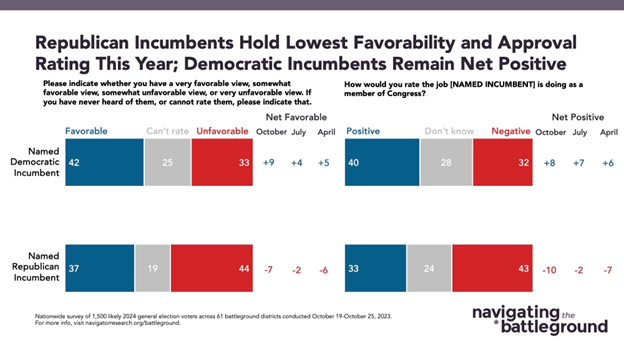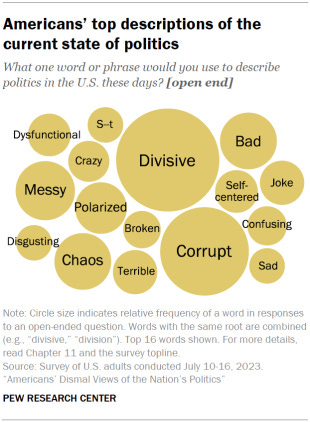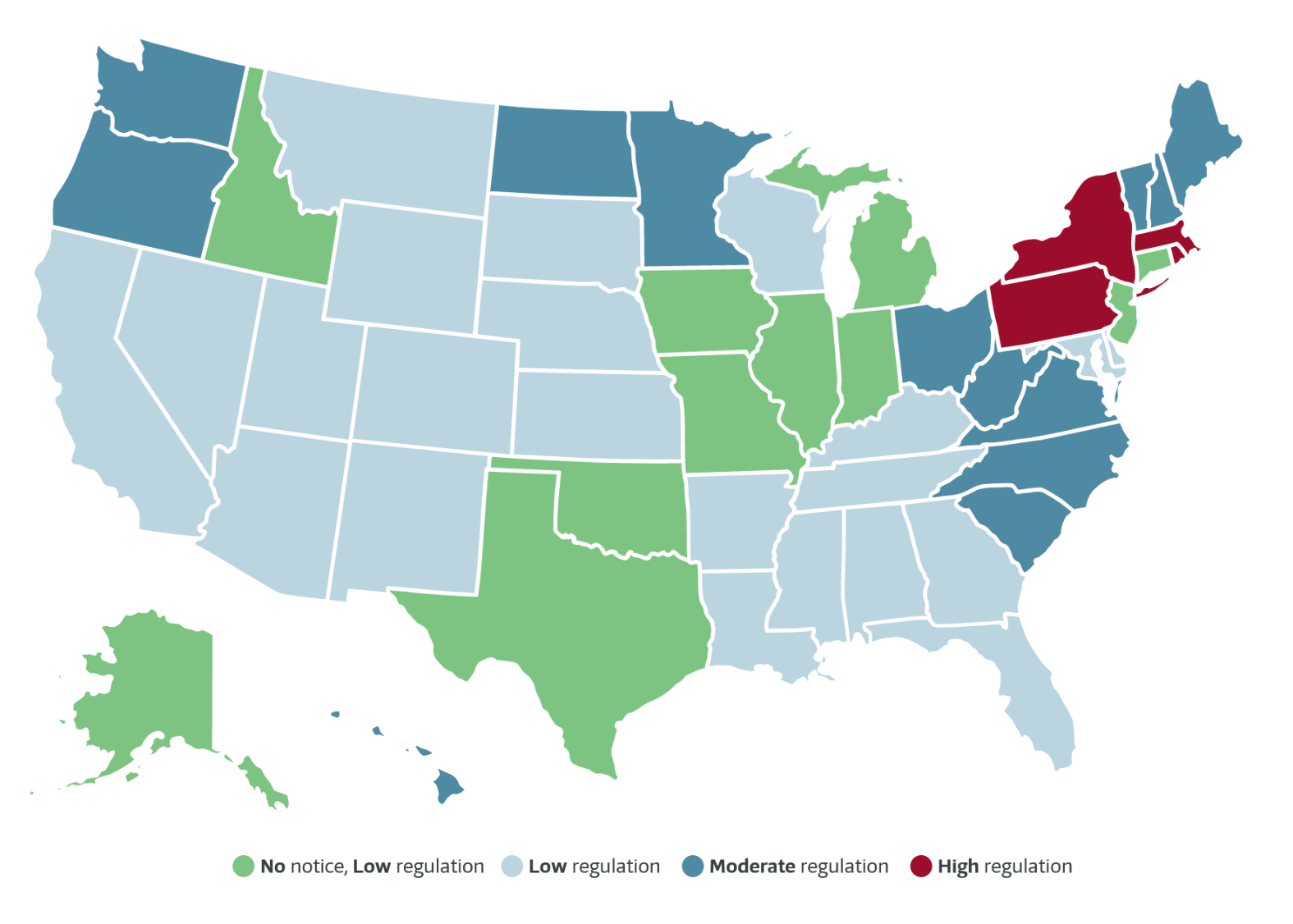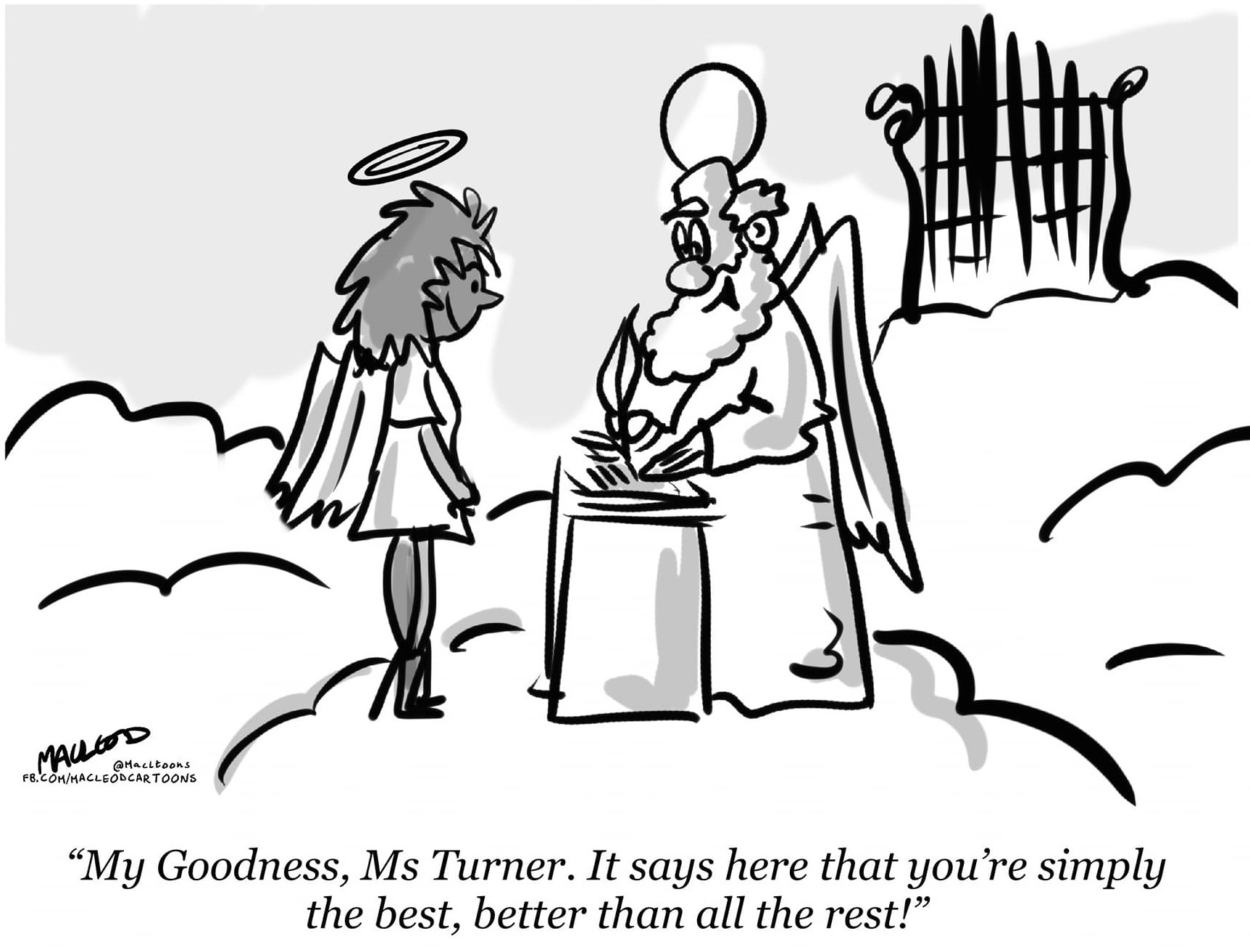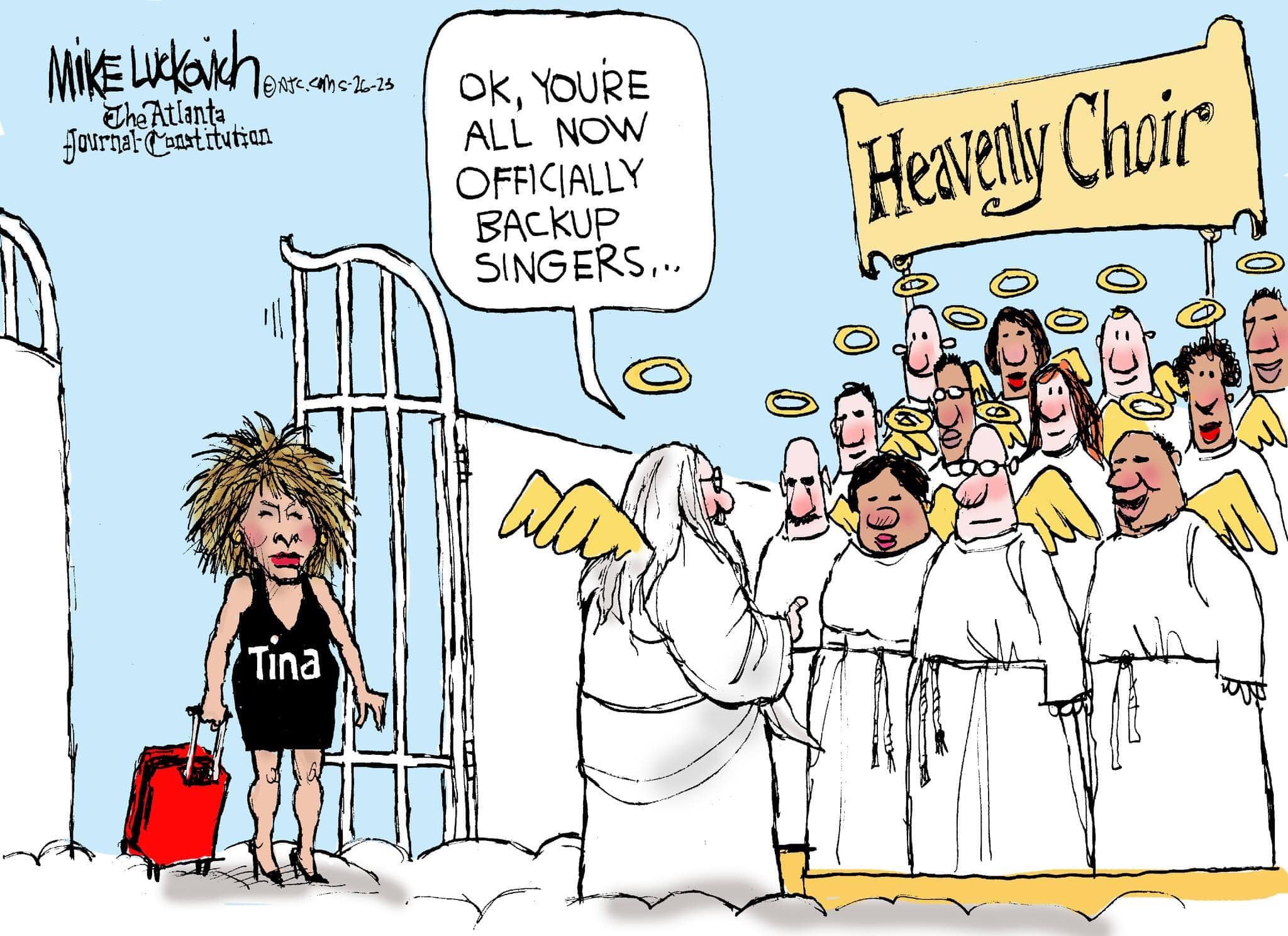The Daily Escape:

Cholla Cactus at sunrise, Joshua Tree NP – November 2023 photo by Michelle Strong
Yesterday’s column described how confusing current polling data is with less than a year to go before the 2024 presidential election. We can easily overdose on polls, but in general, they seem to be pointing toward a very difficult re-election for Biden.
At the risk of contributing to the OD, here’s another example of terrible poll for Biden. It comes from Democratic stalwarts Democracy Corps, run by James Carville and Stanley Greenberg:
“President Biden trails Donald Trump by 5 points in the battleground states and loses at least another point when we include the independent candidates who get 17% of the vote. Biden is trying to win these states where three quarters believe the country is on the wrong track and 48% say, “I will never vote for Biden.”
What to make of all this? Wrongo thinks it’s time to take a different approach to the Democrat’s messaging. Let’s start with a quick look at the NYT’s David Leonhardt’s new book, “Ours Was the Shining Future”. Leonhardt’s most striking contention is based on a study of census and income tax data by the Harvard economist Raj Chetty: Where once the great majority of Americans could hope to earn more than their parents, now only half are likely to. From The Atlantic:
“Of Americans born in 1940, 92% went on to earn more than their parents; among those born in 1980, just 50% did. Over the course of a few decades, the chances of achieving the American dream went from a near-guarantee to a coin flip.”
As we said yesterday, the American Dream is fading. Leonhardt says that the Democrats have largely abandoned fighting for basic economic improvements for the working class. Some of the defining progressive triumphs of the 20th century, from labor victories by unions and Social Security under FDR to the Great Society programs of LBJ, were milestones in securing a voting majority. More from The Atlantic:
“Ronald Reagan took office promising to restore growth by paring back government, slashing taxes on the rich and corporations…gutting business regulations and antitrust enforcement. The idea…was that a rising tide would lift all boats. Instead, inequality soared while living standards stagnated and life expectancy fell behind…peer countries.”
Today, a child born in Norway or the UK has a far better chance of out-earning their parents than one born in the US. More context from The Atlantic: (emphasis by Wrongo)
“From the 1930s until the late ’60s, Democrats dominated national politics. They used their power to pass…progressive legislation that transformed the American economy. But their coalition, which included southern Dixiecrats as well as northern liberals, fractured after…Johnson signed the Civil Rights Act of 1964 and the Voting Rights Act of 1965. Richard Nixon’s “southern strategy” exploited that rift and changed the electoral map. Since then, no Democratic presidential candidate has won a majority of the white vote.”
The Atlantic makes another great point: (emphasis by Wrongo)
“The civil-rights revolution also changed white Americans’ economic attitudes. In 1956, 65% of white people said they believed the government ought to guarantee a job to anyone who wanted one and to provide a minimum standard of living. By 1964, that number had sunk to 35%.”
America’s mid-century economy could have created growth and equality, but racial suppression and racial progress led to where we remain today.
Leonhardt argues that what Thomas Piketty called the “Brahmin left” must stop demonizing working-class people who do not share its views on cultural issues such as abortion, immigration, affirmative action and patriotism. From Leonhardt:
“A less self-righteous and more tolerant left could build what successfully increased access to the American Dream in the past: a broad grass-roots movement focused on core economic issues such as strengthening unions, improving wages and working conditions, raising corporate taxes, and decreasing corporate concentration.”
Can the Dems adapt both their priorities and messaging to meet people where they are today?
The priorities must change first. What would it take to establish the right priorities for the future? Stripping away the wedge issues that confuse and divide us, America’s priorities should be Health, Education, Retirement and Environment (“HERE”). It’s an acronym that sells itself: “Vote Here”.
(hat tip to friend of the blog, Rene S. for the HERE concept.)
Wrongo hears from young family members and others that all of the HERE elements are causing very real concerns. Affordable health care coverage still falls short. Regarding education, college costs barely seem to be worth shouldering the huge debt burdens that come with it.
Most young people think that they have no real way to save for retirement early in their careers when there’s the most bang for the buck. They also feel that Social Security won’t be there for them. From the NYT:
“In a Nationwide Retirement Institute survey, 45% of adults younger than 27 said they didn’t believe they would receive any money from the program.”
Today, only about 10% of Americans working in the private sector participate in a defined-benefit pension plan, while roughly 50% contribute to 401(k)-type, defined-contribution plans.
Finally, people today feel that their elders have created an existential environmental threat that will be tossed into their laps. A problem for which there may not be a solution.
As Leonhardt argues, these HERE problems should have always been priorities for Democrats. But for decades, the Party hasn’t been willing to pay today’s political price for a long term gain in voter loyalty. That is, until Biden started working on them in 2020.
But every media outlet continues to harp on inflation and the national debt. Much of what would be helpful in creating a HERE focus as a priority for Democrats depends at least somewhat on government spending. No one can argue that our national debt is high. It is arguable whether it can safely go higher or if it must be reigned in at current levels.
To help you think about that, we collected $4.5 trillion in taxes in 2022, down half a $trillion vs. what we collected in 2021. Estimates are that the Trump tax cuts cost about $350 billion in lost revenue/year.
Looking at tax collections as a percentage of GDP, it’s less than 17% in the US, well below our historical average of 19.5%. There are arguments to keep taxes low, but if you compare the US percentage to other nations, Germany has a ratio of 24%, while the UK’s is 27% and Australia’s is 30%.
If we raised our tax revenue to 24% of GDP, which is where Germany is now, we would eliminate the US deficit.
There’s a great deal of tension in the electorate between perception and reality. And it’s not caused by partisanship: Democrats and independents are also exhibiting a disconnect, too.
Democrats have to return to being the party of FDR and LBJ. They need to adopt the HERE priorities and build programs around them.

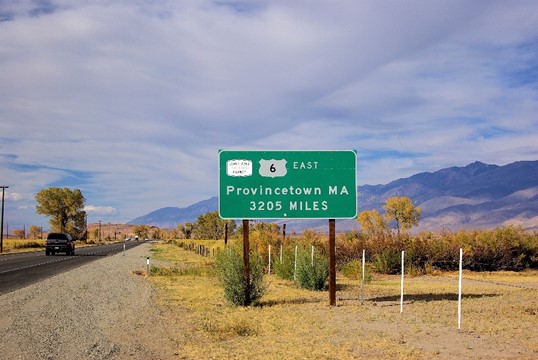
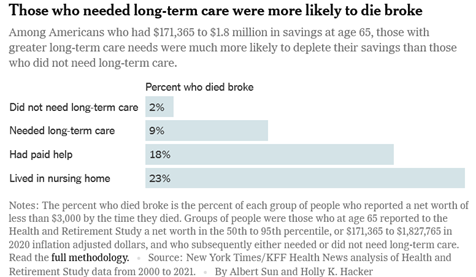
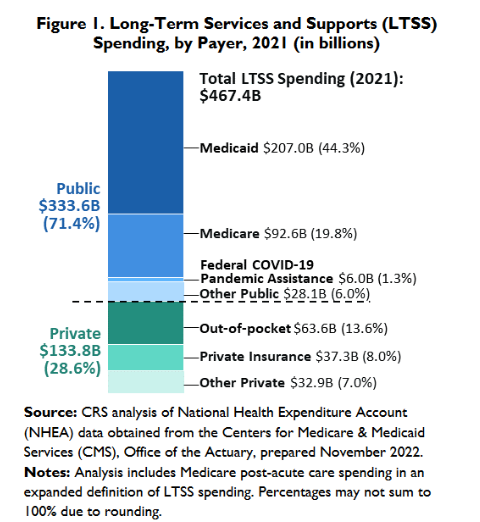
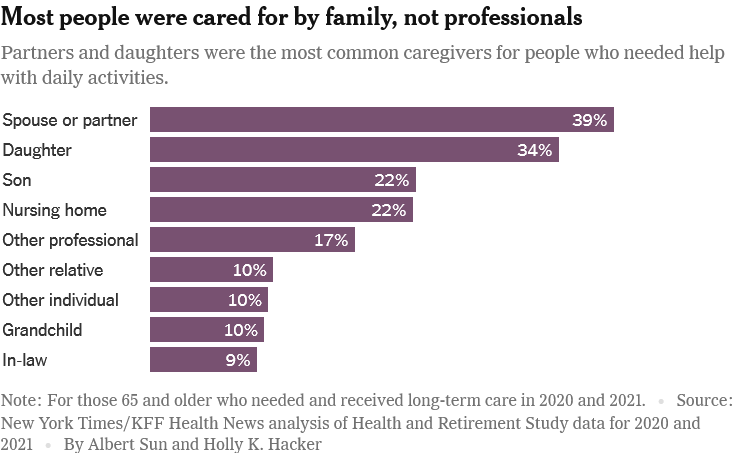

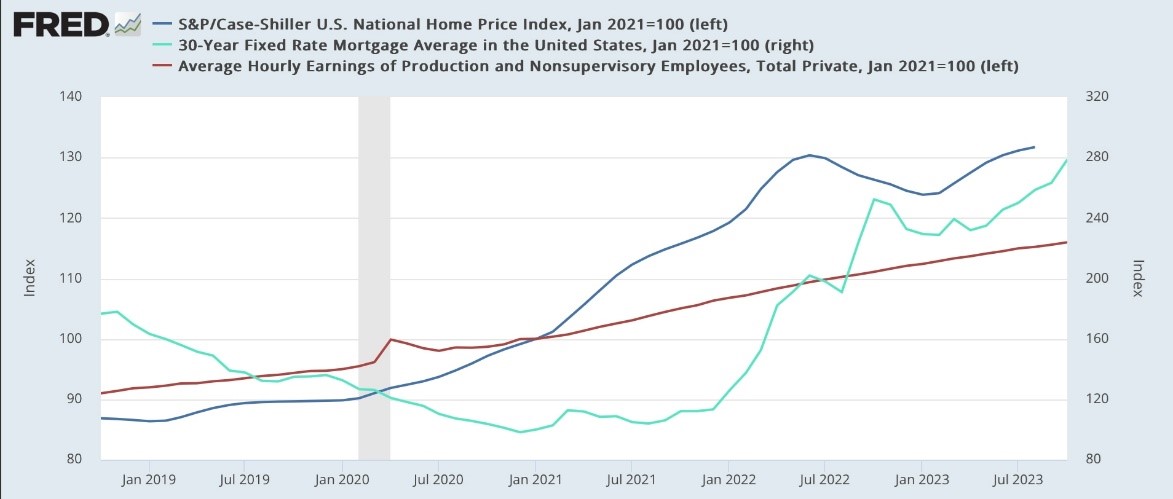
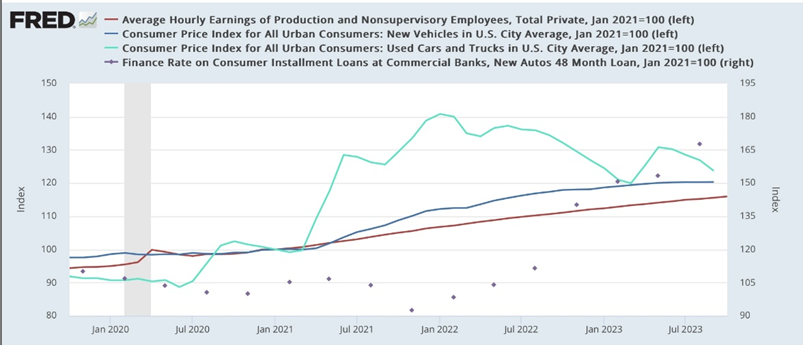
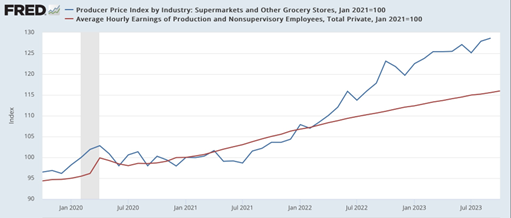
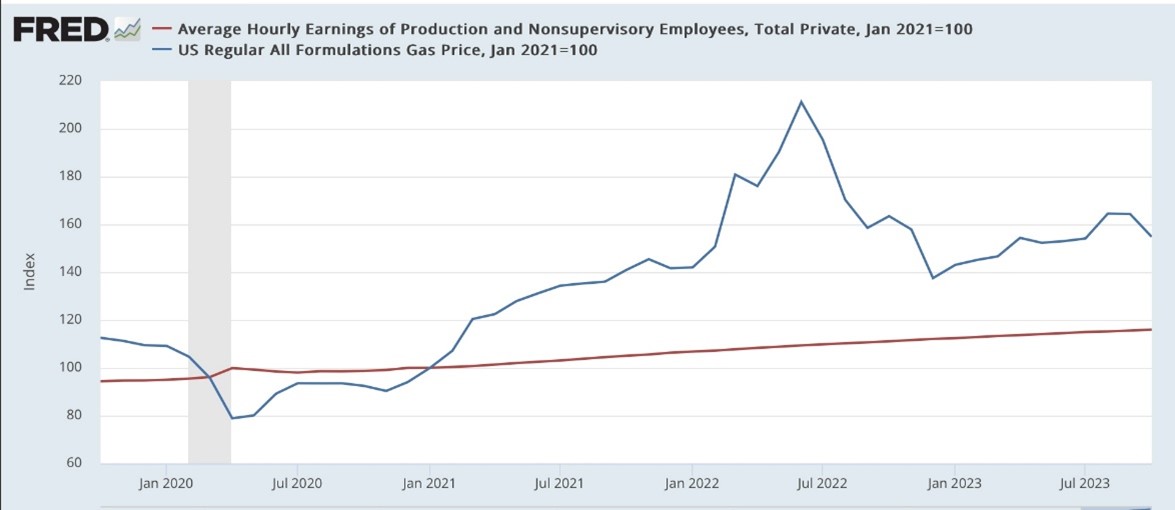

 Yellow Ocotillo in bloom, Anza-Borrego SP, CA – November 2023 photo by
Yellow Ocotillo in bloom, Anza-Borrego SP, CA – November 2023 photo by 